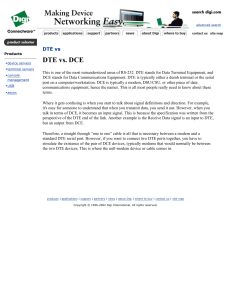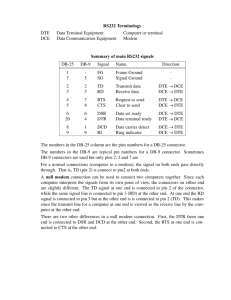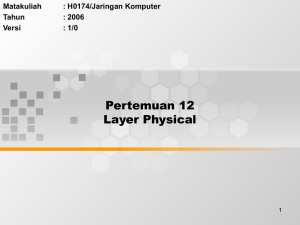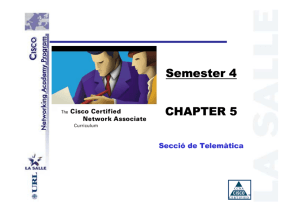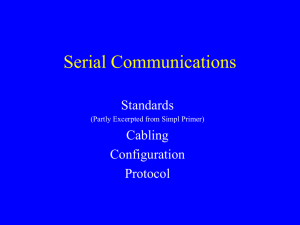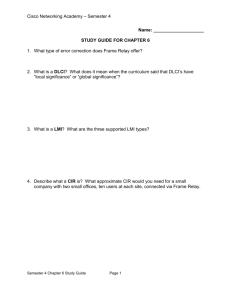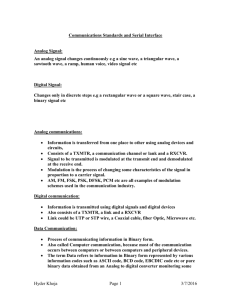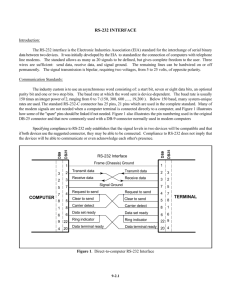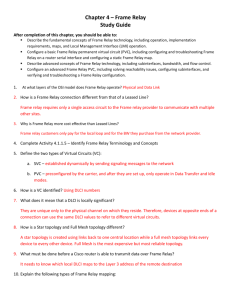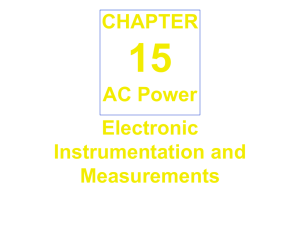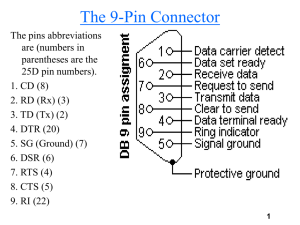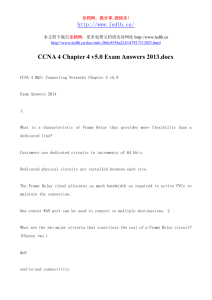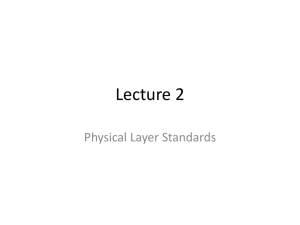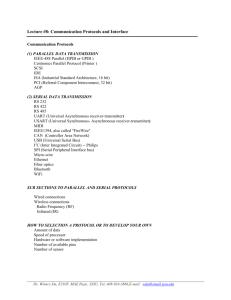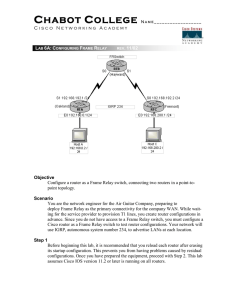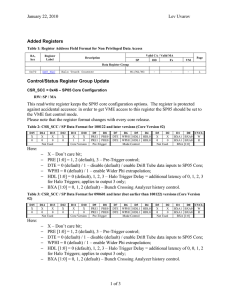Name
advertisement
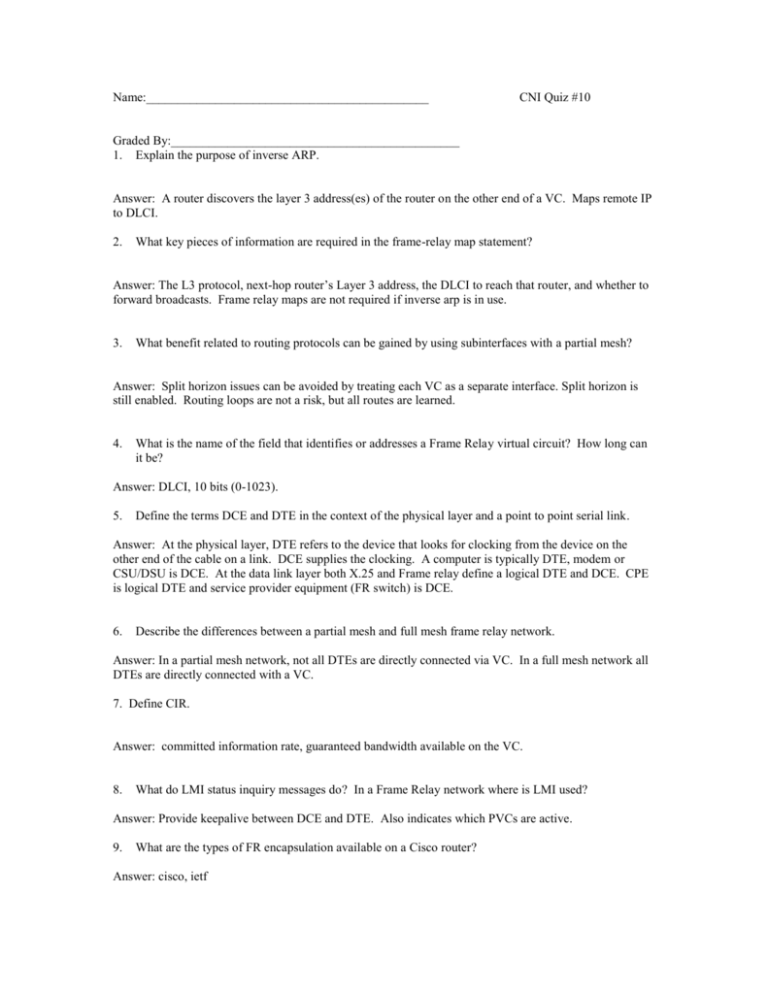
Name:_____________________________________________ CNI Quiz #10 Graded By:______________________________________________ 1. Explain the purpose of inverse ARP. Answer: A router discovers the layer 3 address(es) of the router on the other end of a VC. Maps remote IP to DLCI. 2. What key pieces of information are required in the frame-relay map statement? Answer: The L3 protocol, next-hop router’s Layer 3 address, the DLCI to reach that router, and whether to forward broadcasts. Frame relay maps are not required if inverse arp is in use. 3. What benefit related to routing protocols can be gained by using subinterfaces with a partial mesh? Answer: Split horizon issues can be avoided by treating each VC as a separate interface. Split horizon is still enabled. Routing loops are not a risk, but all routes are learned. 4. What is the name of the field that identifies or addresses a Frame Relay virtual circuit? How long can it be? Answer: DLCI, 10 bits (0-1023). 5. Define the terms DCE and DTE in the context of the physical layer and a point to point serial link. Answer: At the physical layer, DTE refers to the device that looks for clocking from the device on the other end of the cable on a link. DCE supplies the clocking. A computer is typically DTE, modem or CSU/DSU is DCE. At the data link layer both X.25 and Frame relay define a logical DTE and DCE. CPE is logical DTE and service provider equipment (FR switch) is DCE. 6. Describe the differences between a partial mesh and full mesh frame relay network. Answer: In a partial mesh network, not all DTEs are directly connected via VC. In a full mesh network all DTEs are directly connected with a VC. 7. Define CIR. Answer: committed information rate, guaranteed bandwidth available on the VC. 8. What do LMI status inquiry messages do? In a Frame Relay network where is LMI used? Answer: Provide keepalive between DCE and DTE. Also indicates which PVCs are active. 9. What are the types of FR encapsulation available on a Cisco router? Answer: cisco, ietf 10. Are DLCIs globally significant, locally significant, or not significant at all? Answer: Locally. Bonus Questions 1. What is a BECN in frame relay? Answer: The BECN bit is set in frames traveling from the destination to the source, when the congestion occurs in the Frame Relay network on the path from the source to the destination. A BECN attempts to throttle the rate of traffic being sent by the source DTE. 2. What is the significance of the DE bit? Answer: Discard Eligible bit is set on rames exceeding the CIR, which is the contracted traffic rate by the FR network switches or is set by the DTE on relatively low priority frames. Frames with the DE bit set are discarded in a congested network before frames w/out the DE bit set. 3. What are the 3 types of LMI available on a cisco router? Answer: Cisco, ansi, q933a
